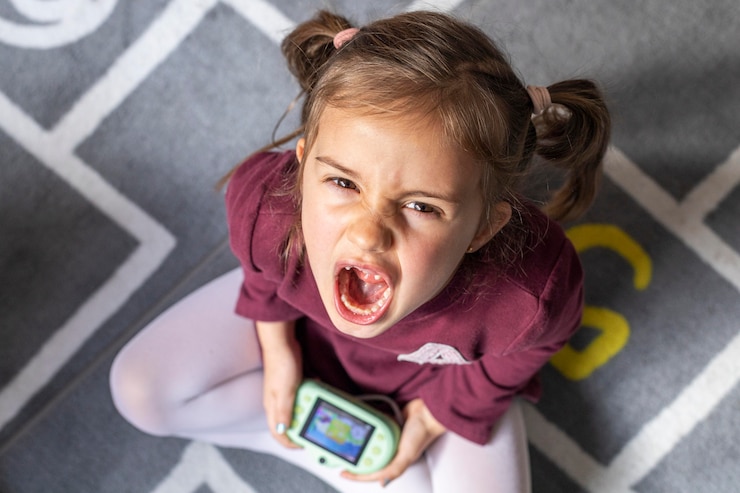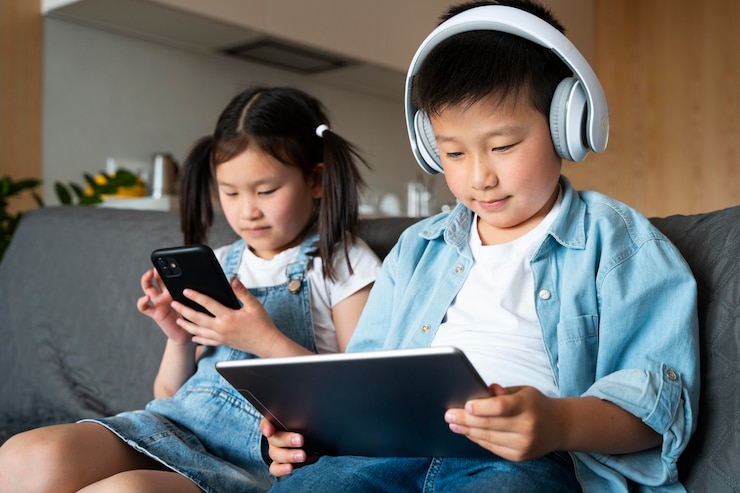
Angela truly understands your challenges. If you’re seeking more personalized support than what a simple internet search can provide, consider applying to work with Angela as your virtual parent coach.
**Table of Contents**
**Inside:** Discover key strategies for helping children manage anger, backed by research from a child therapist.
Sometimes, my 4-year-old comes downstairs in his pull-up, asking, “Can I have candy for breakfast?” Despite my consistent refusal the past 23 times, his requests persist. Even though candy isn’t on our breakfast menu, it’s amusing how determined he is.
As I utter the dreaded “no,” the expected 4-year-old outburst of anger begins. I’ve often wondered if he anticipates my answer just to have an outlet for his frustration.
Helping a child navigate their anger can be one of the most daunting parts of parenting. Many parents end up either engaging in a power struggle or futilely urging their child to “calm down.” We’ve all said these things, largely because we weren’t taught how to handle emotions when we were young. But just as children need help learning to tie shoes or brush teeth, they also need guidance in managing anger.
Children’s anger can be complex because it’s often what psychologists call a “secondary emotion,” a response to something else they’re feeling. For instance, when my little one asked for candy, he might have been dealing with emotions like insecurity or disappointment.
Think of teaching your child to handle anger as an ongoing journey. It’s essential to give them the tools they need now and in adulthood. My ‘Calm Kids Set’ is currently 40% off—grab it while it’s available for effective tools to help your child master their emotions.
Children find anger frightening because it causes physiological changes that impair clear thinking. If your child’s brain is overloaded with emotions, they won’t hear or remember what you’re saying. It’s more effective to discuss emotions and coping strategies when they’re calm and receptive.
The best way to help your child is by staying calm yourself. Children look to their parents for guidance, especially during emotional storms. So, if you’re struggling to maintain control, you can’t expect your child to do the same.
It’s also important to expand your child’s emotional vocabulary, enabling them to express their feelings more accurately. Co-regulation—helping your child learn to calm down with your support—is crucial for fostering emotional intelligence.
The most effective way to teach positive anger management is by modeling it. Next time you’re about to lose your cool, take a moment to practice deep breathing.
Help your child become aware of their physical reactions to anger. Do they notice flushed faces or tense muscles? These signs can be cues to use calming techniques before the situation escalates.
Visual aids work wonders during emotional moments, as your child’s brain processes pictures better than words when upset. Use simple interventions like suggesting a “calm down basket.”
Understanding and managing anger is vital. When children grasp this early on, they can handle life’s challenges better without letting anger take control.
Join over 30,000 parents receiving the Parents with Confidence weekly email and receive a free 5-day parenting course. You’ll learn how to protect your child’s self-esteem, gain cooperation, and discipline without emotional harm.
**Related Articles You May Find Helpful:**



